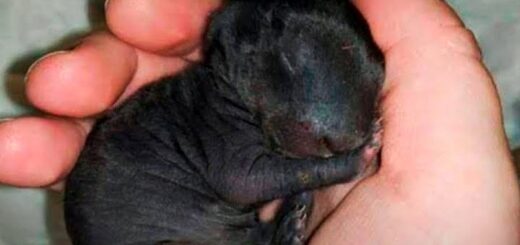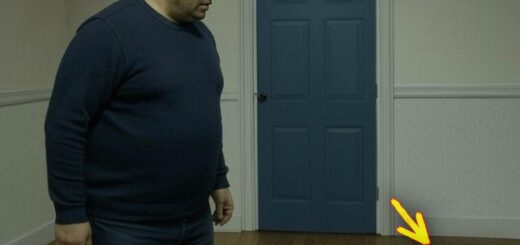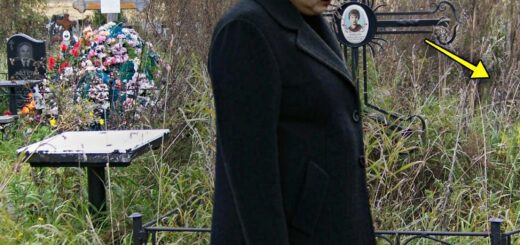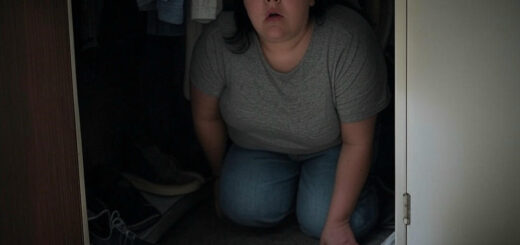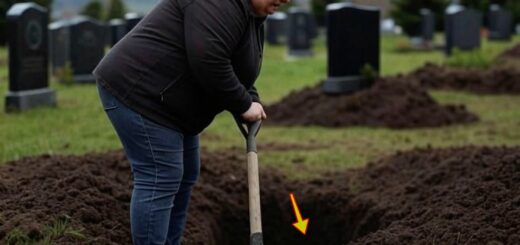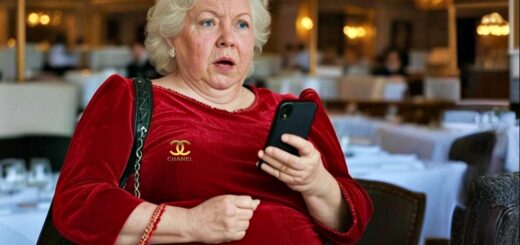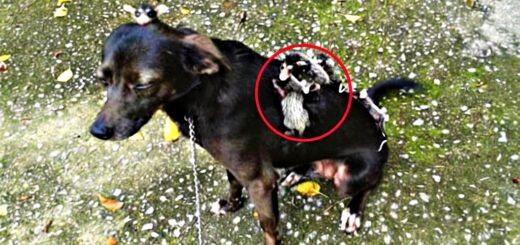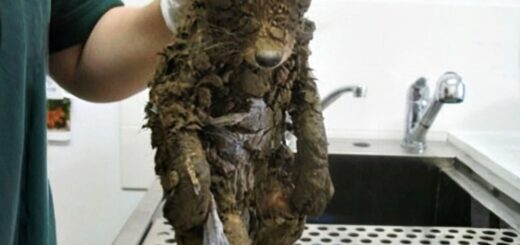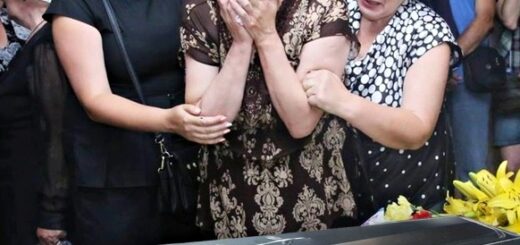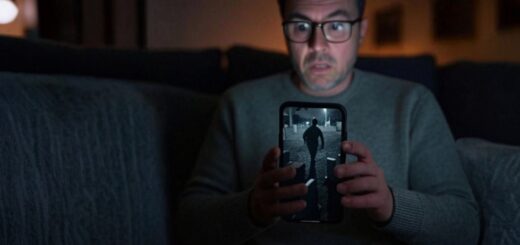Single mother gambled her final $900 on a deserted house. The discovery inside transforms her life forever…
Richard Patton, now in his 80s, was no longer CEO but remained on the board of directors as chairman emeritus. His son, Richard Patton, Jr., was now the CEO, continuing the family’s control of the company. The company had grown exponentially since the 1980s, with annual revenues exceeding $50 billion.
Their main profit centers were treatments for chronic conditions, medications patients needed to take for life, rather than cures that would eliminate the need for ongoing treatment. As she scrolled through news about the company, one recent headline caught her eye. Radcliffe Announces Phase 1 Trials for Carther’s Syndrome Treatment.
According to the article, Radcliffe had recently revived its research into Carther’s syndrome, claiming new proprietary approaches to treating the disease. The company’s stock had jumped 12% on the announcement. Maya felt sick.
After abandoning their research for decades, Radcliffe had suddenly renewed interest in Carther’s syndrome. Just as she had discovered Josephine’s breakthrough, that couldn’t be coincidence. The next day, Maya did something she had been avoiding.
She went into the main house to clean what would be her bedroom. Despite Sam’s progress on the roof and basic structural issues, the interior was still largely untouched. But if they were going to face challenges to their ownership, Maya was determined to show they were actively living there.
As she cleared debris from what would eventually be her room, she noticed something odd about one section of the wall. The floral wallpaper pattern subtly changed, as if a repair had been made, and the replacement wallpaper didn’t quite match. Curious, Maya carefully peeled back the edge of the wallpaper.
Behind it was a small recess in the wall containing another metal box, similar to the one she’d found under the floorboard. This box contained newspaper clippings from 1988 and early 1989, all related to Radcliffe Pharmaceuticals. One headline stood out, Radcliffe abandons Carther’s treatment, after failed trials.
Another article detailed how Radcliffe’s stock had plummeted after the announcement, with analysts questioning the leadership of Richard Patton. The company had invested over $100 million in the failed treatment. There were also photocopies of threatening letters, unsigned but written on Radcliffe letterhead, warning an unnamed recipient about the consequences of interference with proprietary research.
Most disturbing was a small cassette tape labeled simply, May 10, 1989. Maya needed to find a cassette player to hear what was on it. That afternoon, another visitor arrived at the property, a sleek BMW with tinted windows.
The driver was a polished woman in her 40s, the designer suit, and a professional smile. Miss Coleman, I’m Victoria Patton, Vice President of Research Acquisition at Radcliffe Pharmaceuticals. Maya’s blood ran cold.
Patton, she must be related to Richard Patton, perhaps his daughter, or daughter-in-law. What can I do for you, Miss Patton? Maya asked, keeping her distance. I understand you recently purchased this property.
Radcliffe Pharmaceuticals has a historical interest in this land for research purposes. We’d like to make you a generous offer, $250,000 cash, for the house and all contents, as is. The amount was staggering, enough to solve all of Maya’s financial problems and then some.
But the timing and the connection to Patton made it clear what this was really about. I’m not interested in selling, Maya said firmly. But I’m curious, why would a pharmaceutical giant be interested in an abandoned house? Victoria’s smile remained fixed.
The property has unique botanical specimens we’ve been tracking for potential research. Nothing sinister, I assure you. She handed Maya a business card.
Think about it. A quarter million dollars could change your life. Our offer will remain open for 48 hours.
As the BMW drove away, Sam, who had been working nearby and overheard everything, approached Maya. You know what this means, right? They know about Josephine’s research. They’re desperate to get it back.
But after all these years, why would they still care so much? Because her formula works, Sam said simply. And a working treatment is worth billions to them, especially one they can claim they developed themselves. That night, Maya used an old cassette player borrowed from Iris to listen to the tape from the hidden box.
The recording was somewhat muffled, but clear enough. I told you, Richard, my work is not for sale. The voice was female, with a hint of an accent.
Josephine Mercer. Maya realized with a shiver. Everyone has a price, Dr. Mercer.
A male voice, cold and controlled. Name yours. It’s not about money.
Your company wants to patent this compound and charge patients a fortune for it. I want it available to everyone who needs it. Don’t be naive.
Development costs money. Clinical trials cost money. Your failed trials cost money, Josephine retorted.
Mine succeeded because I approached the problem differently. And I’ve already documented everything. The research exists, with or without Radcliffe…

